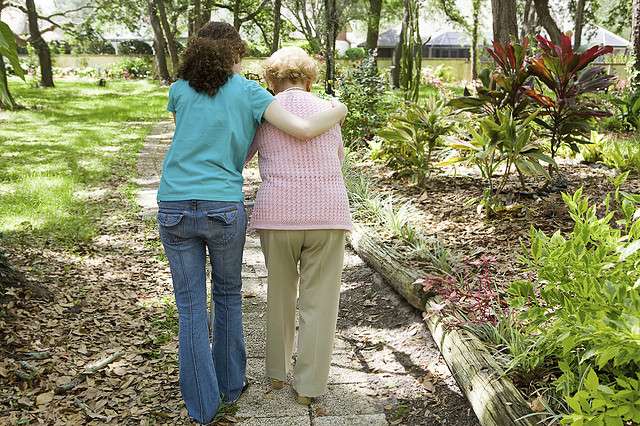Hospital fall rates stabalise via training program

WA-led research has found an effective and cost-efficient way of preventing patients from falling over in hospital.
The study compared the fall rates of 1,623 patients in an intervention group and 1,983 patients in a control group, across eight different hospitals.
Notre Dame University and NHMRC early career research fellow Anne-Marie Hill says falls are one of the most serious things that can affect older people and are the most frequent adverse events that happen in hospital.
Dr Hill says other methods of fall prevention like bed alarms and low-low beds have proven to be ineffective, as most falls happen when staff are not around.
Patients in the intervention group watched a 10 minute video abut the different scenarios an older person might experience in hospital and received a workbook.
A physiotherapist then visited the patient.
"They'll sit down and go over the information with them and help them to personalise it for themself so they then have a picture of what they would need to be doing in hospital and how they can stay safe," Dr Hill says.
Each patient received two or three sessions over a few days, which lasted an average of one hour.
Dr Hill says previous trials revealed patients didn't take on information when they were given the DVD alone.
"When we sit down with them and explain it so it's personalised to their particular situation and their methods of thinking, then it becomes a lot more relevant for them," she says.
Injurious falls reduce during trial
Falls in the intervention group were almost 40 per cent less than in the control group, with a fall rate of 7.8 per 1,000 bed days compared to 13.78 in the control group.
"What was really significant was the injurious falls rates were over 35 per cent less as well," Dr Hill says.
"There's only been one other trial that's ever reduced injurious falls in hospitals."
The proportion of patients who fell in the intervention group was also lower than the control, with eight per cent of people falling compared to 13 per cent.
Dr Hill says the success could be due to better communication between staff, patients and physiotherapists and the staff's ability to provide patients with confidence-boosting support.
"We encouraged staff to give the patients positive feedback about doing various things like ringing the bell for help instead of going off and doing things by themself," she says.
More information: "Fall rates in hospital rehabilitation units after individualised patient and staff education programmes: a pragmatic, stepped-wedge, cluster-randomised controlled trial." DOI: dx.doi.org/10.1016/S0140-6736(14)61945-0














